Love my work and want to fuel my creativity?
Blog Categories
Travel
Learn
Play
Work
Sketch
Join now!
You can make art, and I'll show you how to get your practice started.
Make Your Own Joy: Join me on Patreon!
I'm Alicia, your effervescent Peter Pan, helping you add a sense of color to your home or shop.
Hey, I'm Alicia
gimme!
Join my FREE 30 day sketchbook challenge!
Freebie alert: The coolest freebie around
Beaches of Normandy
(This travel essay, written and photographed by me, was first published on the coastal-based blog, Salt, in January 2016. I’m posting it on my own blog today in honor of the anniversary of the D-Day landings. Please visit www.readsalt.com for more salty tales for salty folks.)

On a September morning around sunrise, I rode a train from Paris through the French countryside, and just and two-and-a-half hours later emerged by the sea. Admiring the gorgeous blue of la mer, a stiff breeze whipped my hair so that it got caught on my lips and the sun reflected off the white sands, requiring a swap to sunglasses, conditions quite typical of the coast. Only the beach I was about to step onto was anything but ordinary: it was Omaha beach, and its beauty was a far cry from the events that took place on it 71 years ago.
The beach was wide, requiring a several minute stroll just to reach the waterline at low tide. Taking a breath, I consider how differently my life could have been – had I even existed – if the events of June 6, 1944 had not happened. Closing my eyes I could almost see the amphibious boats approaching the beach, young soldiers filled with trepidation as their fate lay before them, and for many, that meant almost certain death.
In September 2015, the sea was calm and free of any aquatic vessels. Looking inland, there is pastoral farmland for miles; my eye catches some private homes right along the coast which pay tribute by flying both the French and American flags side by side.




The coastline is dotted with small farm villages, most of which have names that end in –sur-mer, indicating that the sea is always near. Monuments are abound, as nearly every village and hamlet has constructed some sort of memorial marking its role in the war. Even along the beaches, memorials and museums are small and tasteful, and seem to cater to each facet of the D-Day landings, from the paratroopers (Musée Airborne in Sainte-Mère-Église), to the use of radar (Musée Du Radar in Douvres-la-Delivrande). While many other historical sites are peppered with gift shops hawking cheap souvenirs and tacky t-shirts, these beach towns are peaceful in comparison. A few such shops exist here, but thankfully they are the exception and not the rule.



To be standing on the very beaches where Allied troops fought a bloody battle against the Germans is to truly understand the scale of what these men were working against. Many of the beaches are wide and offer no cover, leaving the troops wide open to Germans firing from the dunes. Comparatively, Pointe-du-hoc, situated between Utah and Omaha beaches, sits 90 meters above the beach below it. Cliffs rise from the rocky shore, a beach so small compared to that of Omaha or Utah that it completely disappears as the tide rises – yet another obstacle for the men assigned to this landing spot. Standing atop Pointe-du-Hoc today, I’m rewarded with tremendous views of a jagged coastline and its picturesque rocky outcroppings. Sets of breaking swells interrupt the otherwise solid blue-green that stretches out to the horizon. Britain lies out there somewhere, but you wouldn’t know it. I duck my way into the remains of a German bunker and look through a narrow opening to see the view obscured by barbed wire, an indication (as if I didn’t already know it) that once upon a time this scenic area of coastline was witness to a pivotal, albeit tragic, turning point of WWII. Along with massive grassy bomb craters at Pointe-du-Hoc and the remains of a weathered tank wall on the dunes of Utah Beach, these little remnants remind me that things are not always as they seem.
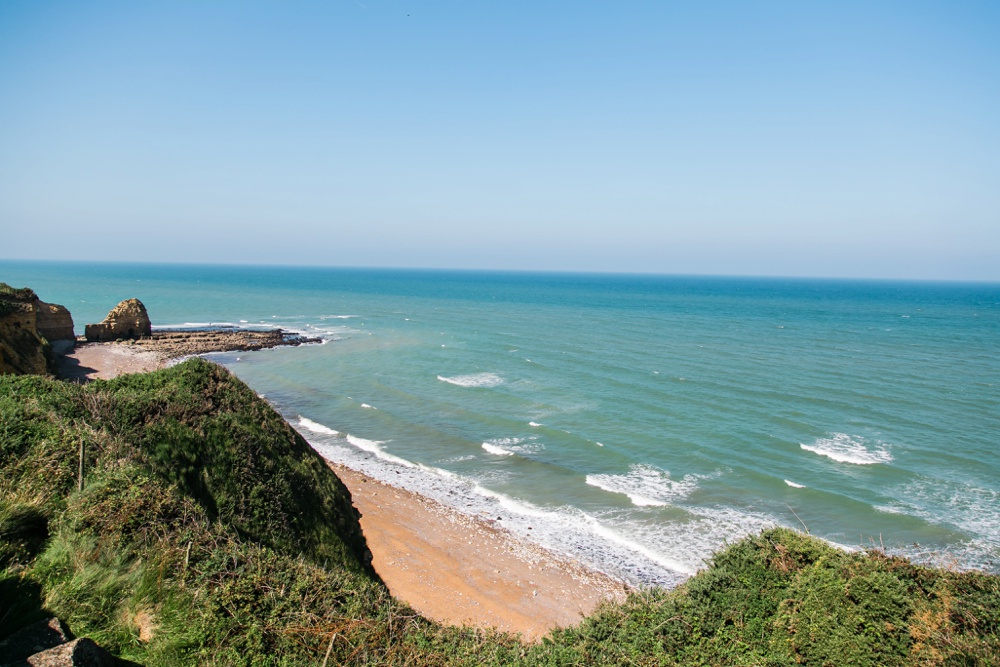
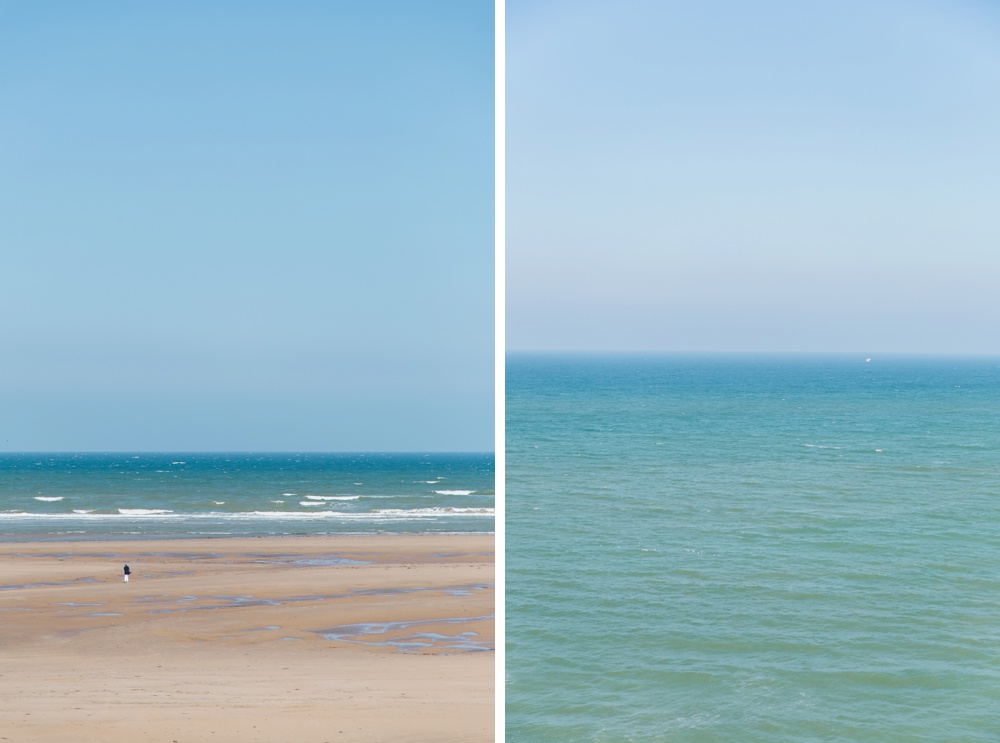



The beaches of Normandy are quiet, calm, uneventful. Some moments the waves are all you can hear. I can think of no better way to honor the brave souls who approached these beaches and either perished, or went on to live with the tragic memory of their experience, than by taking a moment on these hallowed sands to think of them. To take a look around me and know that it took courage, looking the enemy in the face and storming toward them. Fighting for the freedom of not only their loved ones, but for the nameless citizens that lived in dozens of threatened countries around the world. Fighting for the generations to follow, in hopes that they would continue to live in a country that is free.







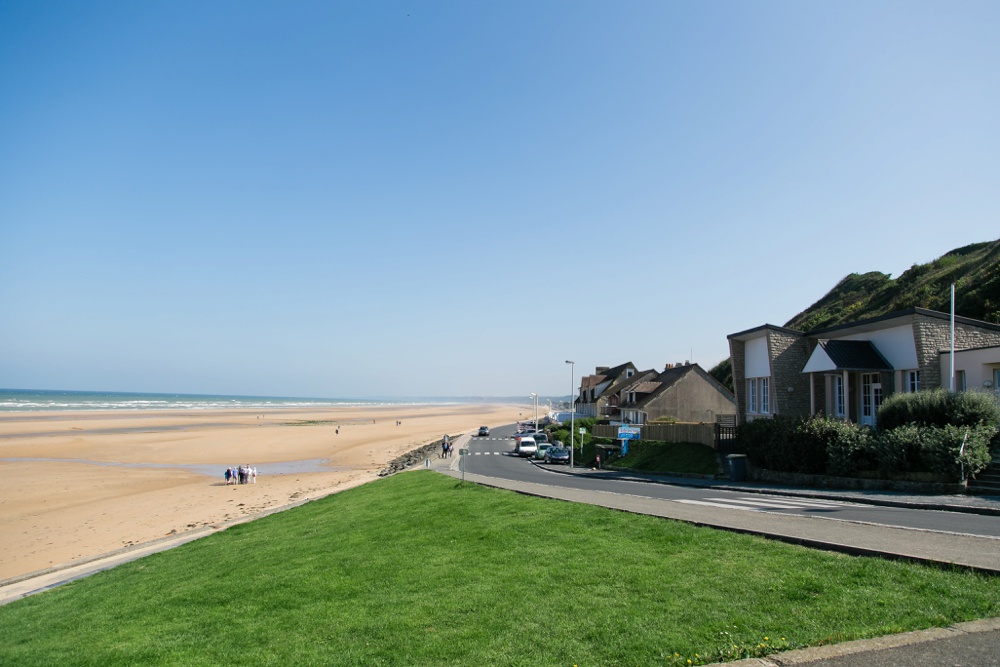





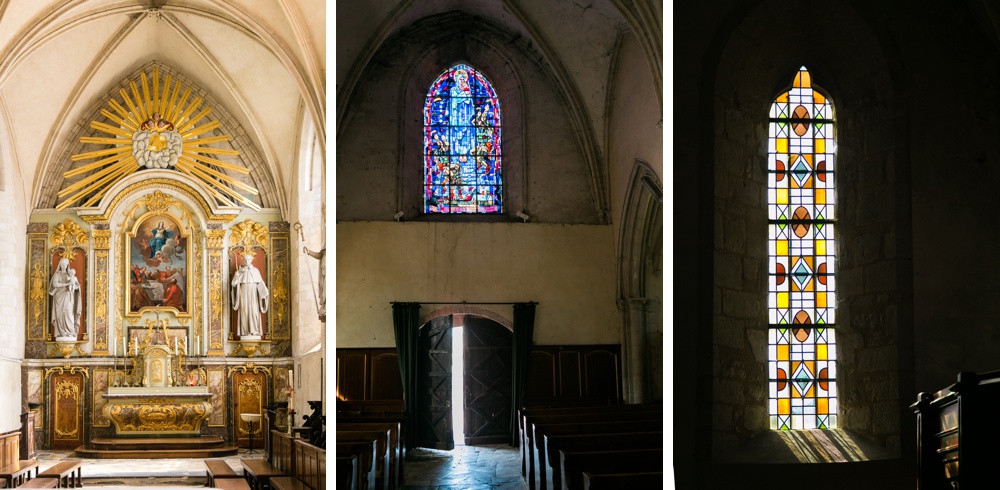
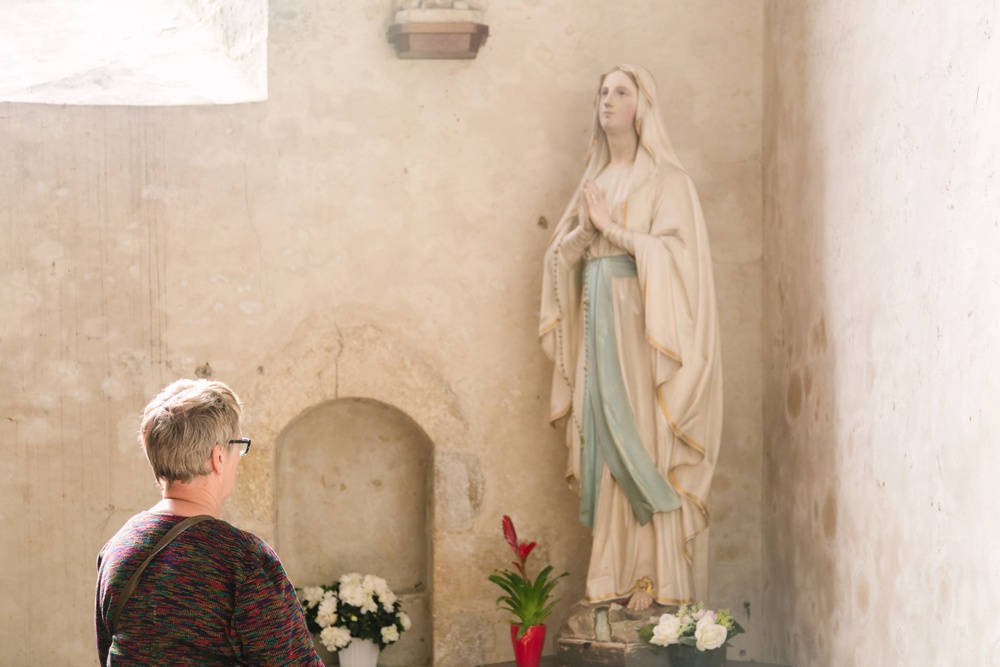
Read this essay and others at www.readsalt.com.
Filed under:
View the supplies!
I've pulled together my favorite and most-used art supplies + tools to make the process easy for you!
Shop my favorite art supplies!
Ready to start your art practice but have no idea which supplies to buy?
INSTA
shop
pin it
follow
send me a coffee!
Licensing
shop
Portfolio
about
I make whimsical art for color-lovers and California dreamers. I'm based in Virginia, outside of Washington, D.C. where there are most decidedly no palm trees in sight.